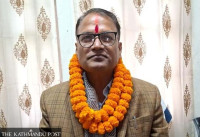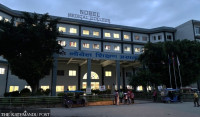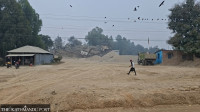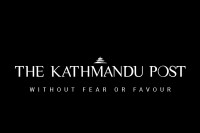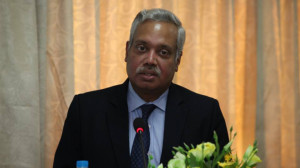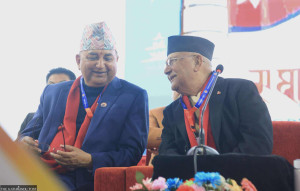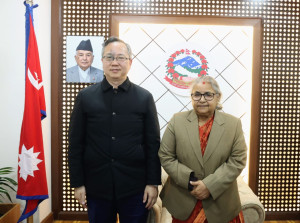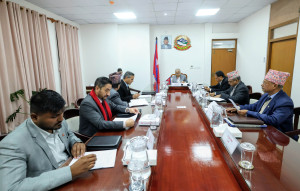National
Vast majority of newly registered voters are Gen Z
The commission resumed the new registration from September 26.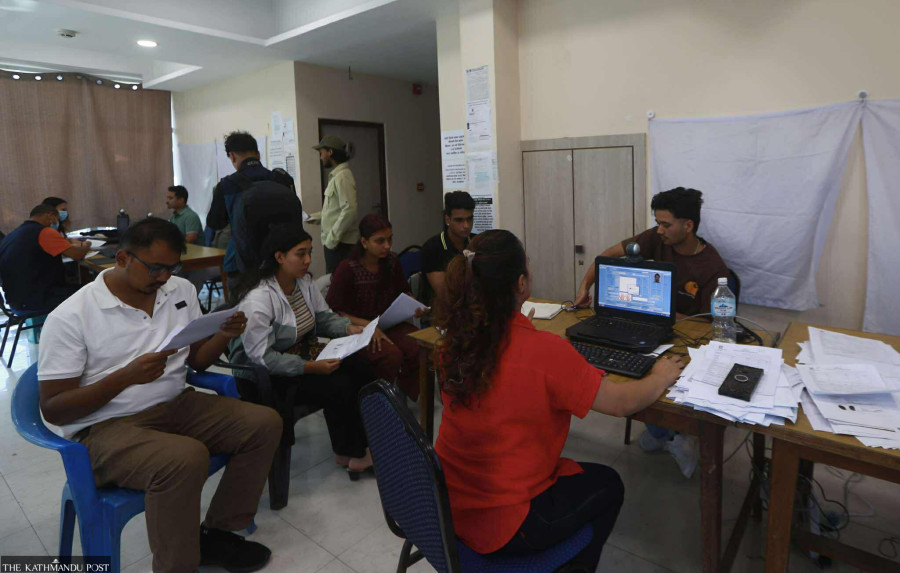
Post Report
A vast majority of the newly registered voters are youths who will be exercising their franchise for the first time in the March elections.
As many as 64,501 fresh voters have been listed with the Election Commission in the past three weeks. Of them, over two thirds are Gen Z-ers, according to officials at the commission.
Those who have acquired Nepali citizenship after attaining 16 years of age are eligible to be on the voter roll. However, only those who turn 18 by March 4, 2026 can vote. The commission has set November 16 as the deadline to update the list.
The two-day Gen Z uprising of September 8 and 9 ousted the KP Sharma Oli government, leading to the formation of an interim government under former chief justice Sushila Karki on September 12.
The same day, President Ramchandra Paudel dissolved the House of Representatives and announced fresh polls for March 5, 2026. Paudel took the step on Prime Minister Karki’s recommendation, which was also a demand of the protesters.
The Voter Registration Act had to be revised to resume listing new voters as it provisioned that fresh registration ceases once the election date is announced. As per the commission’s suggestion, the provision was amended through an ordinance.
Starting September 26, the commission resumed the new registration after the ordinance cleared the legal hurdles to open the voter roll.
The number will increase significantly as there is still around a month for listing, said Narayan Prasad Bhattarai, spokesperson for the commission.
According to the commission’s report, as many as 18,148,654 voters had been listed as of Chaitra end (mid-April), when the Nepali year 2081 ended.
As many as 17,988,570 voters—9,140,806 men, 8,847,579 women, and 185 from ‘Other’ categories—were eligible to cast their ballots in November 2022. By April 2025, in two-and-a-half years, the number increased by 160,054 to 18,148,654.
Along with voter registration, the commission has also called for the new parties to enrol by mid-November. As many as four parties, including one by Gen Z groups, have either been announced or registered. A total of 122 political parties were registered with the commission before it made a fresh call.
In the 275-strong lower house, 165 members are elected through first-past-the-post (FPTP), while the remaining 110 are elected under proportional representation based on each party’s vote shares.
Along with voter registration and listing of new parties, the commission is busy working on logistics and calculation of the budget to conduct the nationwide polls.
“We have submitted our requirement of logistics to hold the elections. The government has assured to make them available on time,” said Bhattarai. “We are also close to finalising the total expenditure.”
The commission spent around Rs5 billion to hold the federal and provincial polls in November 2022. The figure, however, didn’t include the cost of security arrangements.




 14.12°C Kathmandu
14.12°C Kathmandu
